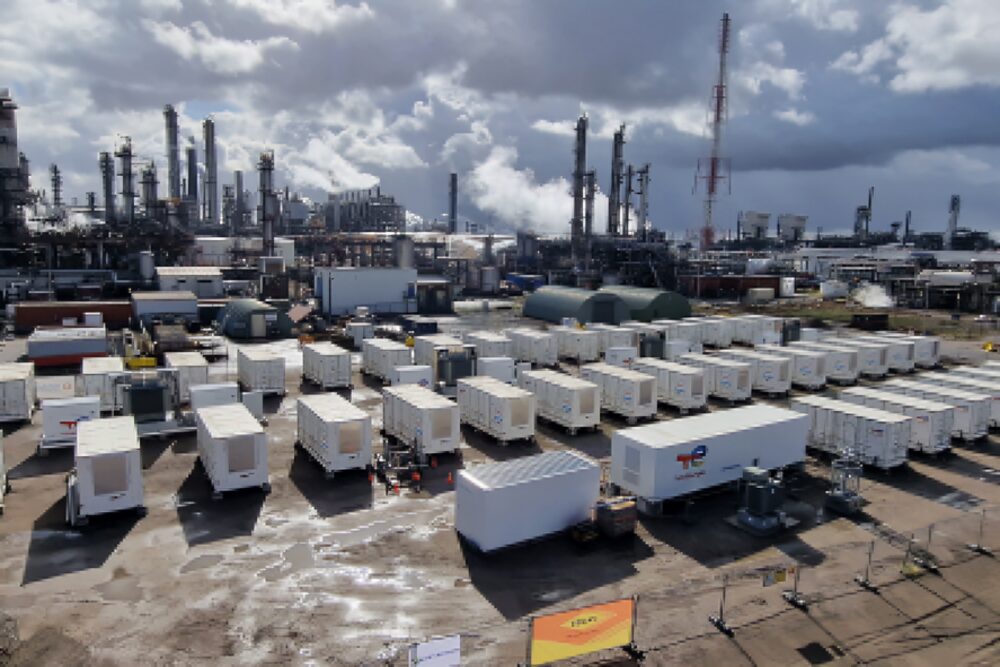
Europe’s distributed solar and storage market presents opportunities for a new class of investors from the non-traditional power segment, says Wood Mackenzie.
Europe is moving quickly to decarbonise its power sector, with over 124 gigawatts (GW) of gas, coal and nuclear capacity expected to be displaced by 2030, and most EU member states are looking to increase their solar uptake.
New research from Wood Mackenzie, confirms that strong policy targets and carbon mandates will support robust solar deployment as costs continue to decline. Photovoltaics’ (PV) share in Europe’s power supply will reach around 30% by 2030, passing 450 GW capacity through sector expansion and evolution across the continent, while the global race to net zero gathers pace.
The global consultancy forecasts Germany and Spain will drive deployment, installing around 56 GW and 33 GW from 2020 to 2030, respectively; followed by France, Italy and Netherlands with more than 20 GW this decade.
Wood Mackenzie research analyst for solar, Daniel Tipping, said: “There are enormous opportunities for non-traditional power market participants at a time when the sector is evolving. Green hydrogen policy developments could also incentivise further solar PV deployment with the EU looking to install 40 GW of renewable electrolyser capacity by 2030, while hybrid technology auctions across the continent should also boost solar storage deployment.
“Each market has its own unique challenges, from competition, to planning, to grid saturation. Meanwhile, solar PV business models are becoming more complex.”
Governments will need to ensure policy support is not cut hastily and retroactively, as has occurred in Ukraine, which could hamper further industry investment. While falling costs and rising power prices should support deployment, Europe’s rooftop solar potential is still relatively untapped. Further policy pledges would help investment – France and Germany recently mandated solar installation for specific newbuilds.
Wood Mackenzie remains bullish on its distributed storage market outlook, with massive pairing potential expected to rise with increased solar uptake. Asset owner diversification is expected to increase in residential and non-residential storage segments, unlocking a 40-GWh (gigawatt-hour) market and 12x market growth in this decade.
Lead analyst for energy storage, Anna Darmani, said: “With distributed solar market passing 128 GW by 2026, Europe’s residential and non-residential storage segments will grow significantly. Investments outside cramped markets such as Germany, Italy, UK, will unlock 14 GWh of distributed storage demand by 2030.”











